Coolnet recently had the pleasure of hosting a distinguished delegation from a prominent data center solutions provider with operations across the Middle East and North Africa (MENA) region. The visit marked a significant milestone in Coolnet’s ongoing commitment to expanding its global partne...
Read MoreWhat Are You Looking For?

 English
English 中文
中文 العربية
العربية español
español
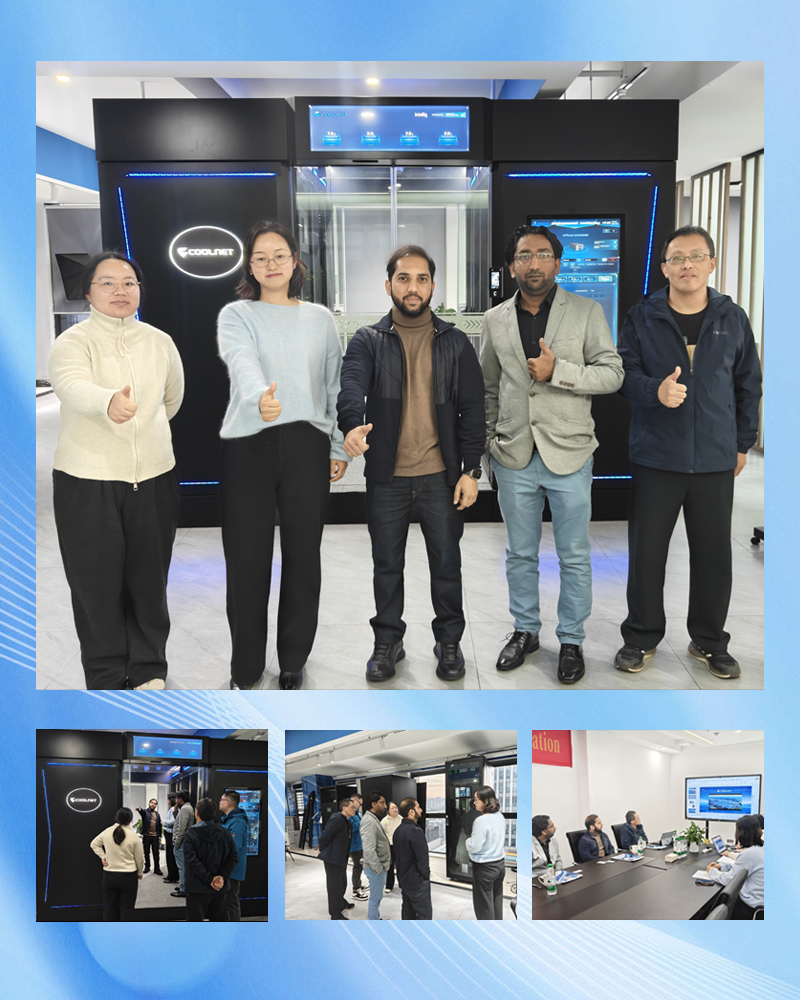
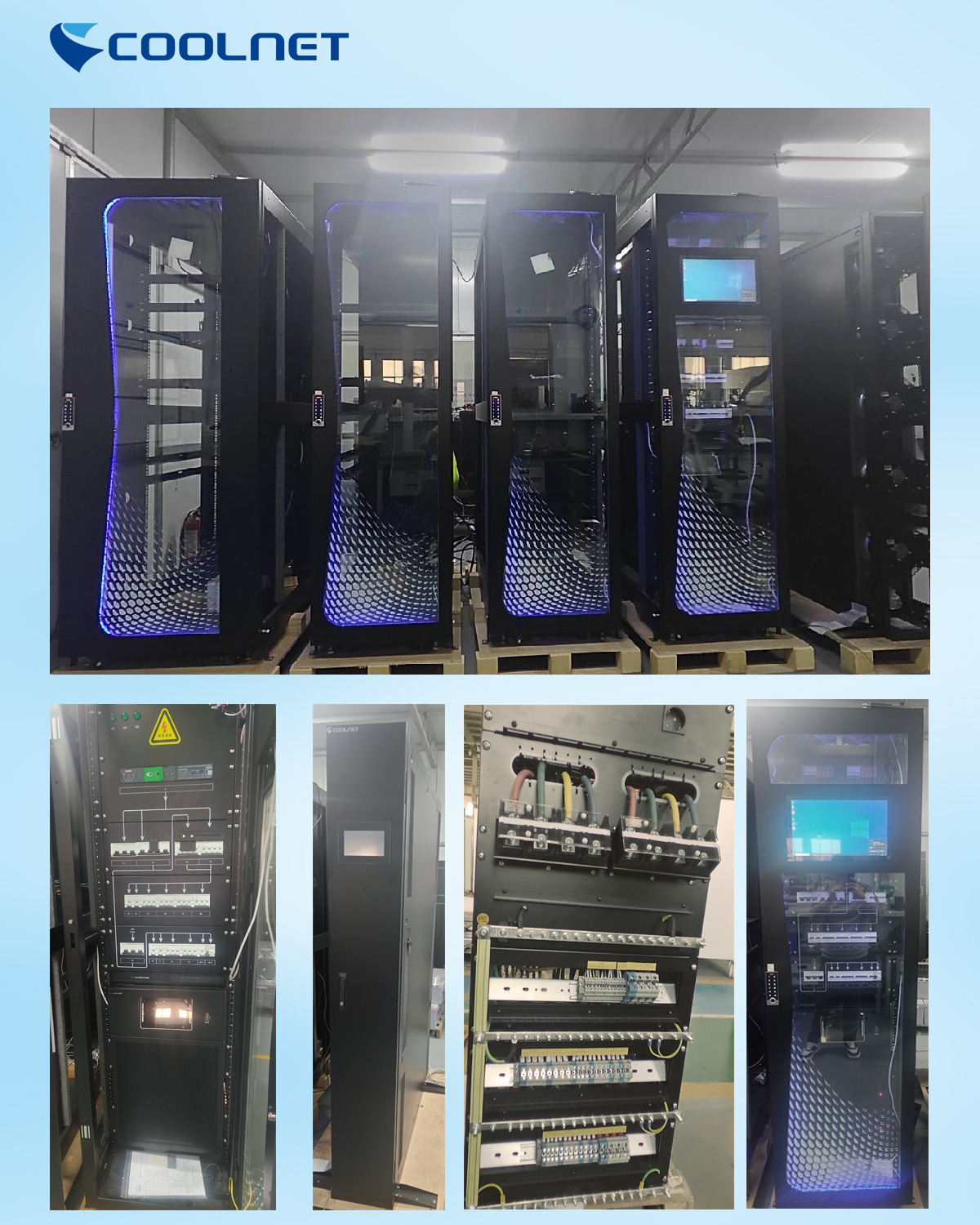
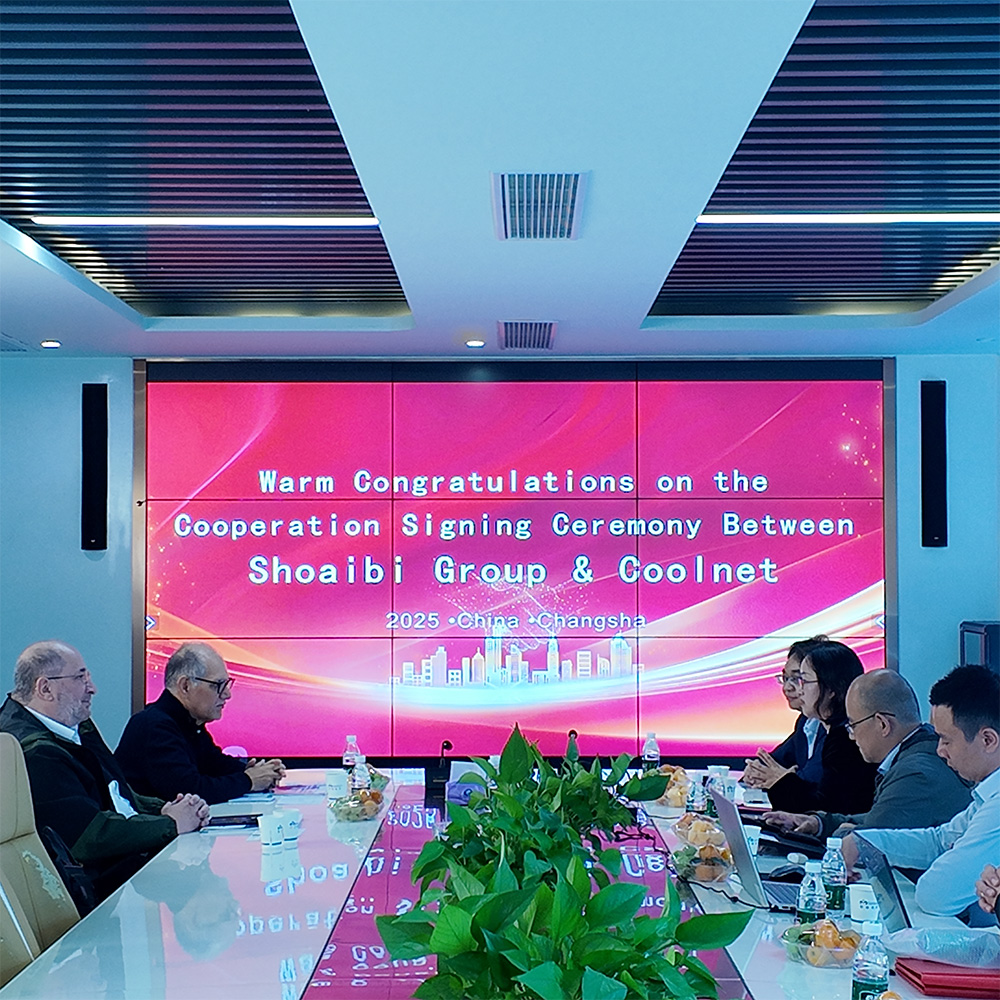
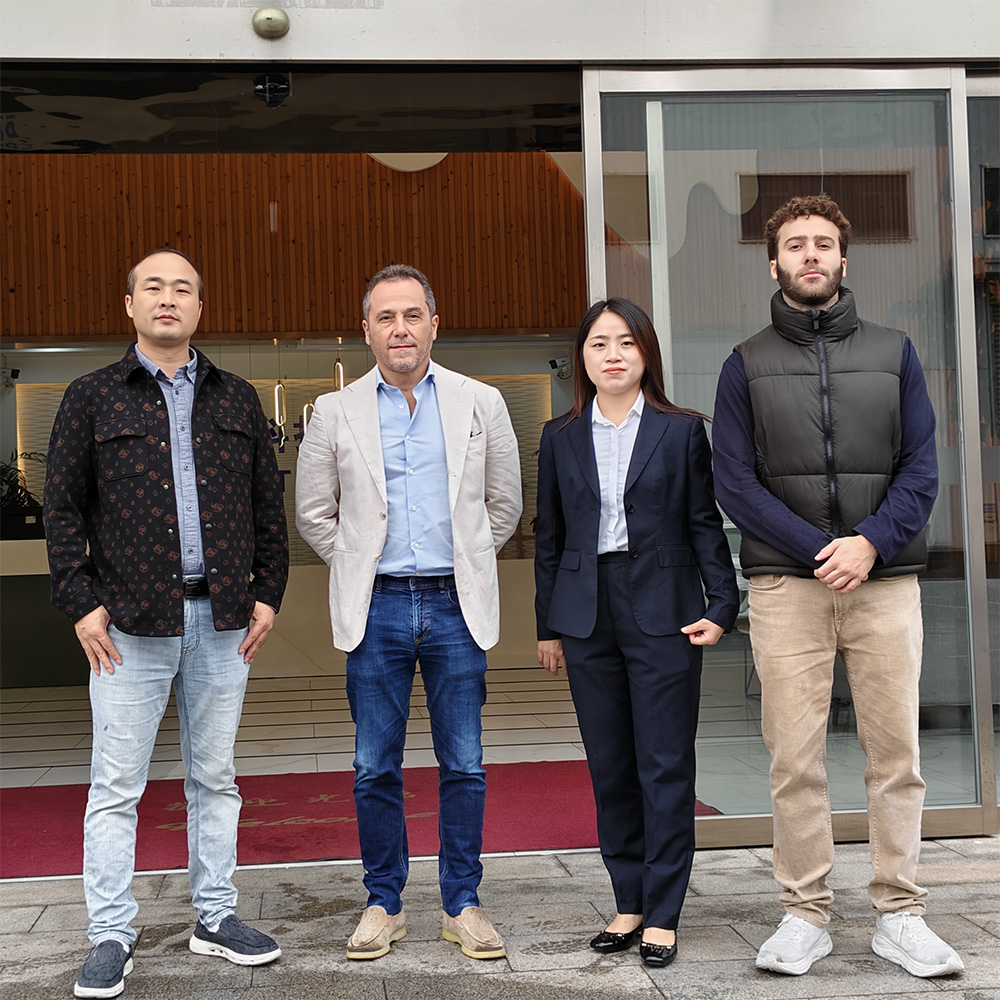
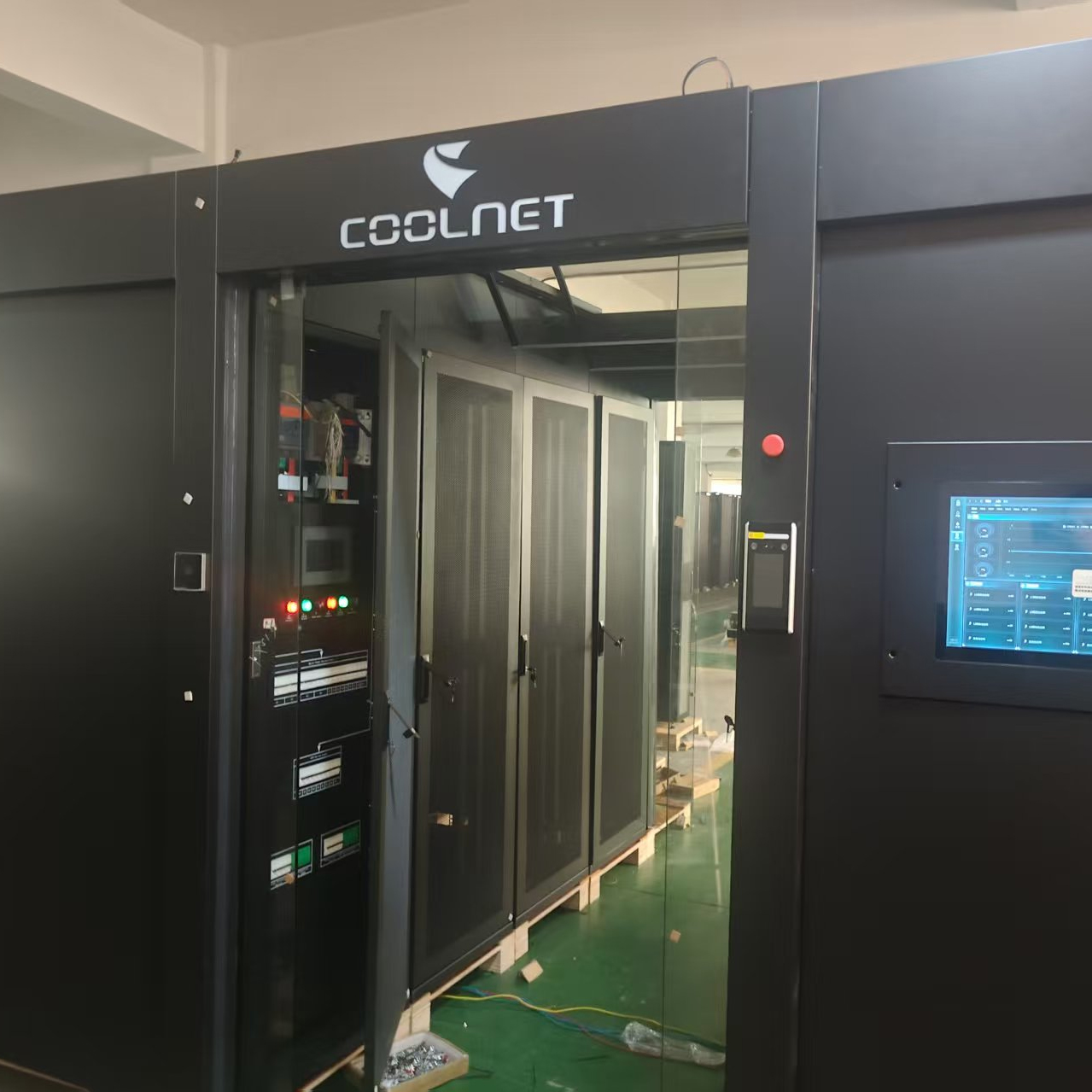
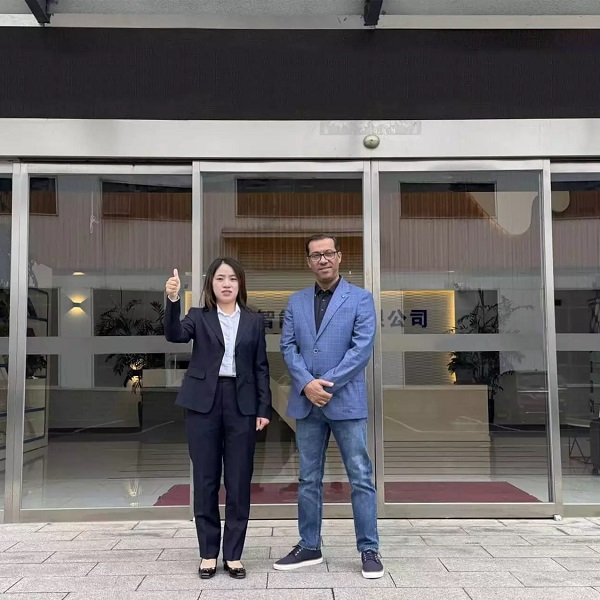
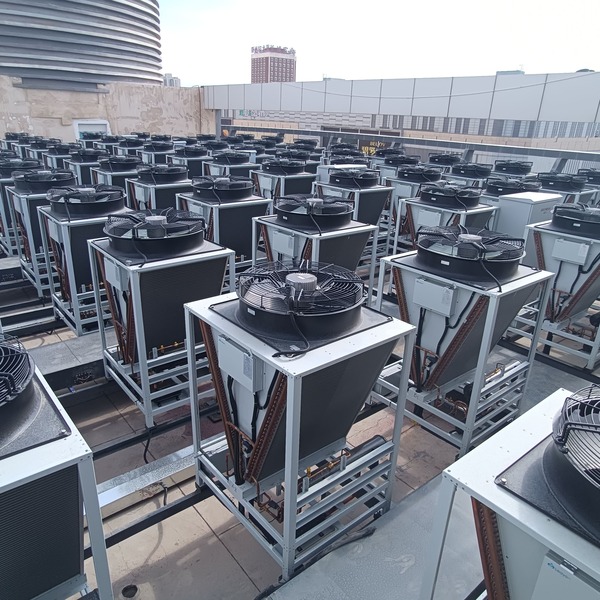
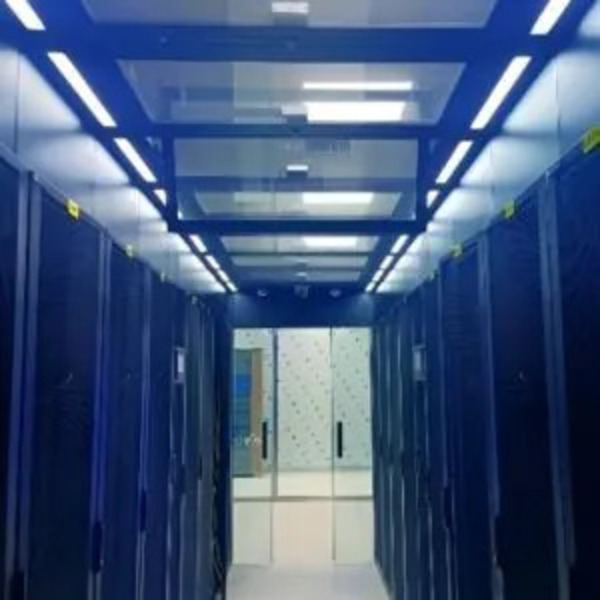
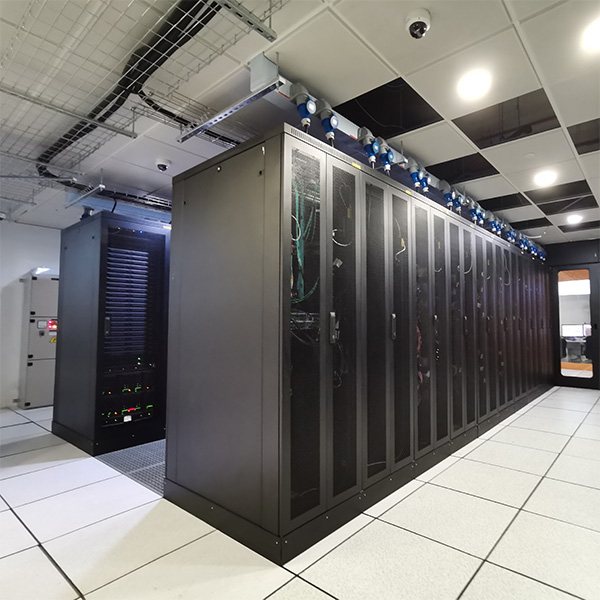
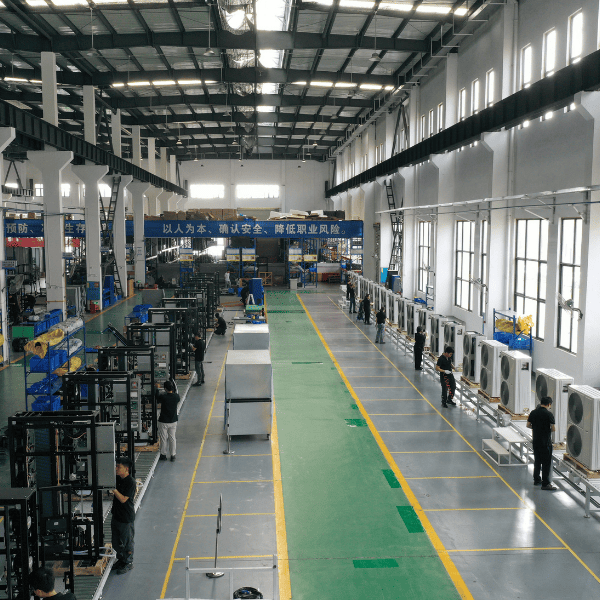

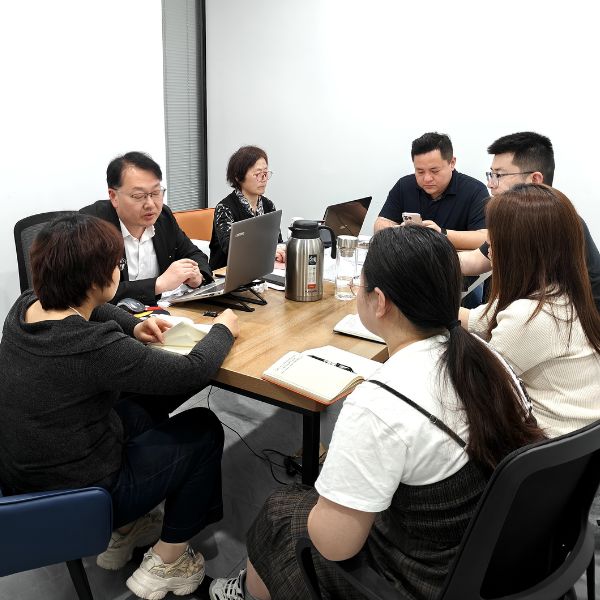




 IPv6 network supported
IPv6 network supported